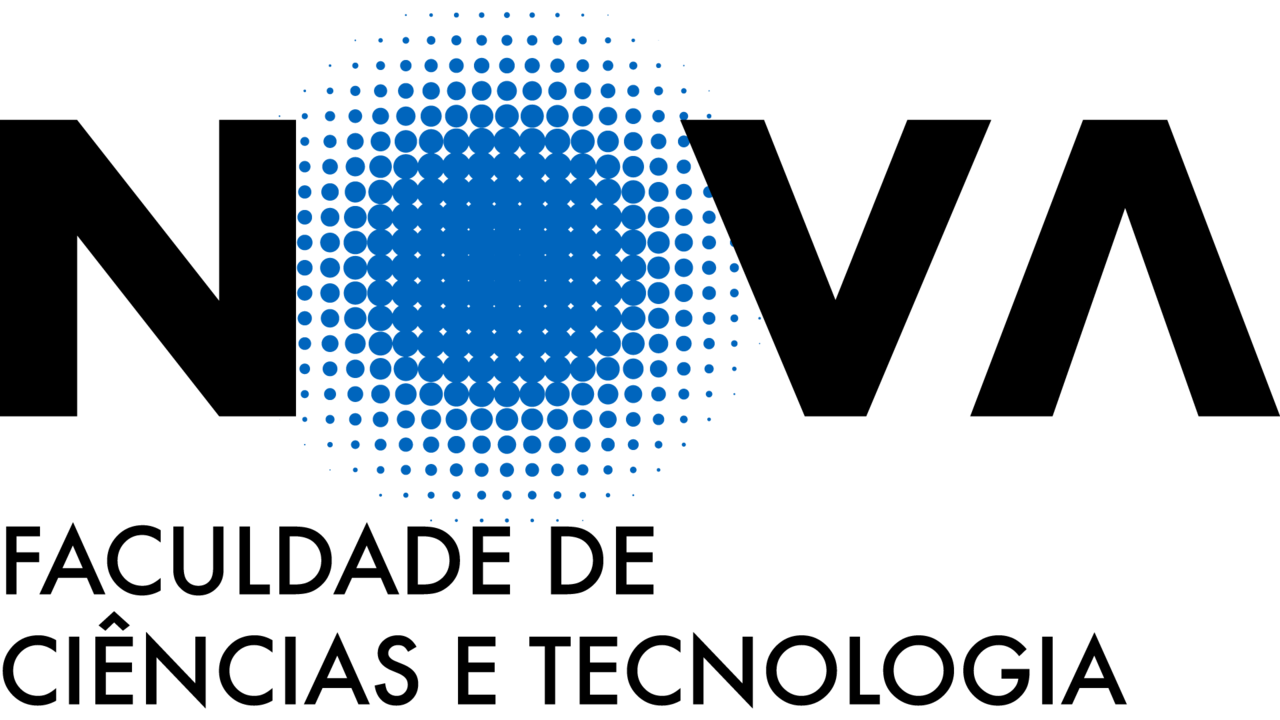Surface Science And Vacuum Technology
In the early 90s, this group emerged as a branch of the Centre of Molecular Physics of the Universities of Lisbon, establishing a new laboratory equipped with modern surface analysis techniques. Their focus was on ion interactions with surfaces in the keV energy region, encompassing sputtering, scattering, and charge exchange.
With a solid background in high and ultra-high vacuum, the group expanded its efforts to serve the national industry offering vacuum gauge calibration and consultancy services. In 2002, METROVAC gained official recognition as an accredited calibration laboratory. The laboratory's scope was subsequently broadened to include the metrology of ultra-low flows, involving reference leaks and leak detection. These new capabilities spurred research into the transport of gases and vapors through cork and to the study of desorption of contaminants from cork, fostering collaborations with the cork industry.
Simultaneously, the surface science lab collaborated with CERN on studying secondary electron emission from carbon coatings used in accelerator walls. This work aimed to mitigate the formation of the electron cloud, a significant limitation in particle accelerators and a source of technological challenges in telecommunication satellites and spacecraft. The project successfully led to recommendations for modifying deposition parameters, which are proven to reduce the secondary electron yield. This achievement resulted in a Framework Collaboration Agreement between CERN and Nova School of Science and Technology, enabling our researchers to access CERN's equipment and software and organize short stays to perform their experiments.
The surface science lab, now equipped with two fully operational XPS systems and one Tof-SIMS, has gained extensive experience in secondary electron emission from surfaces and the chemical characterization of nanostructured surfaces.
Combining their expertise, the two labs collaborated to design and construct a high-accuracy ionization gauge, addressing challenges induced by secondary electron emission from the ion collector. The group's most recent undertaking involves the development of a novel ion trap for use in vacuum technology for pressure measurement and residual gas analysis. The ion trap is under development in the frame of a funded PhD project, and it includes the collaboration of INFICON, a leading provider of innovative instrumentation.



